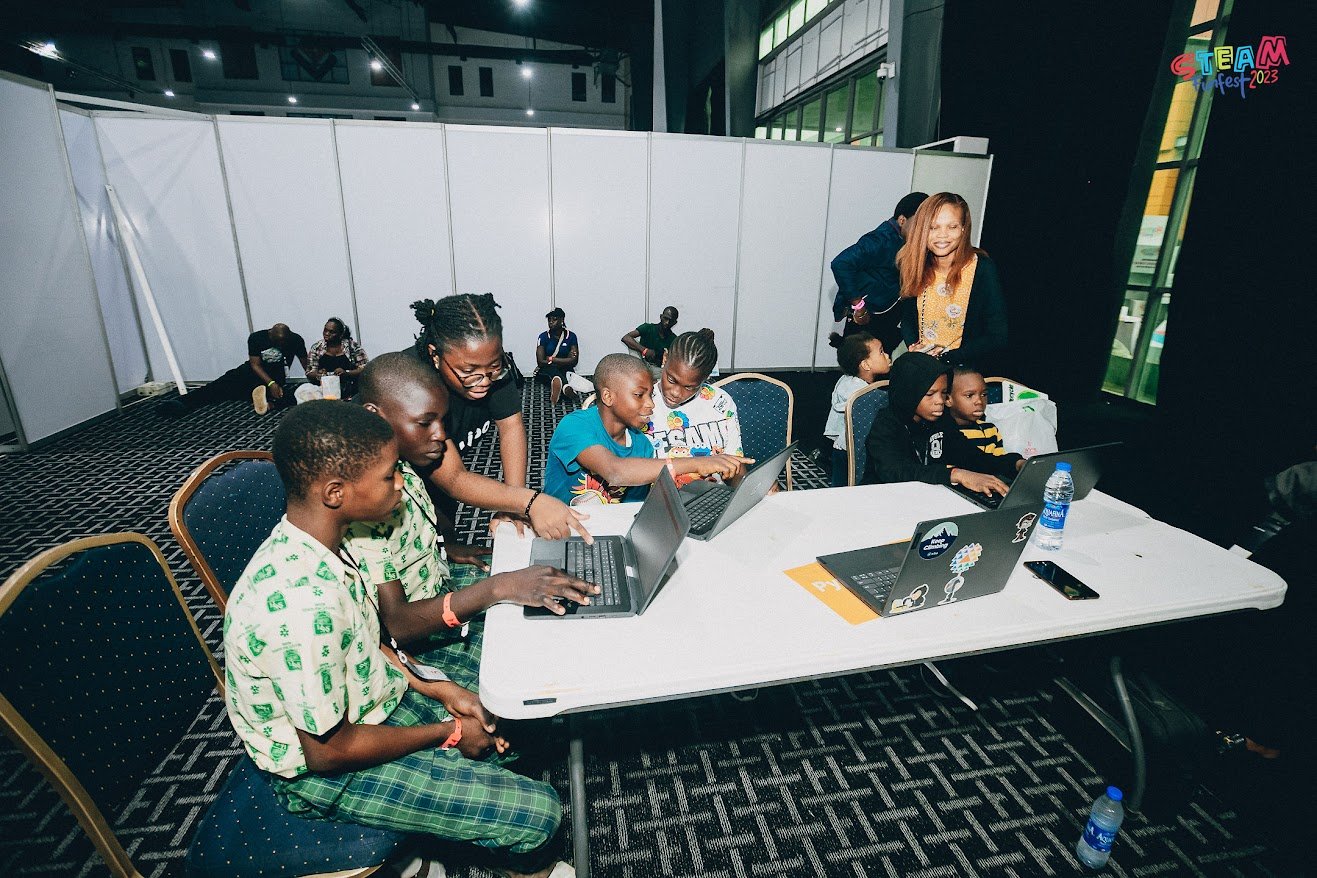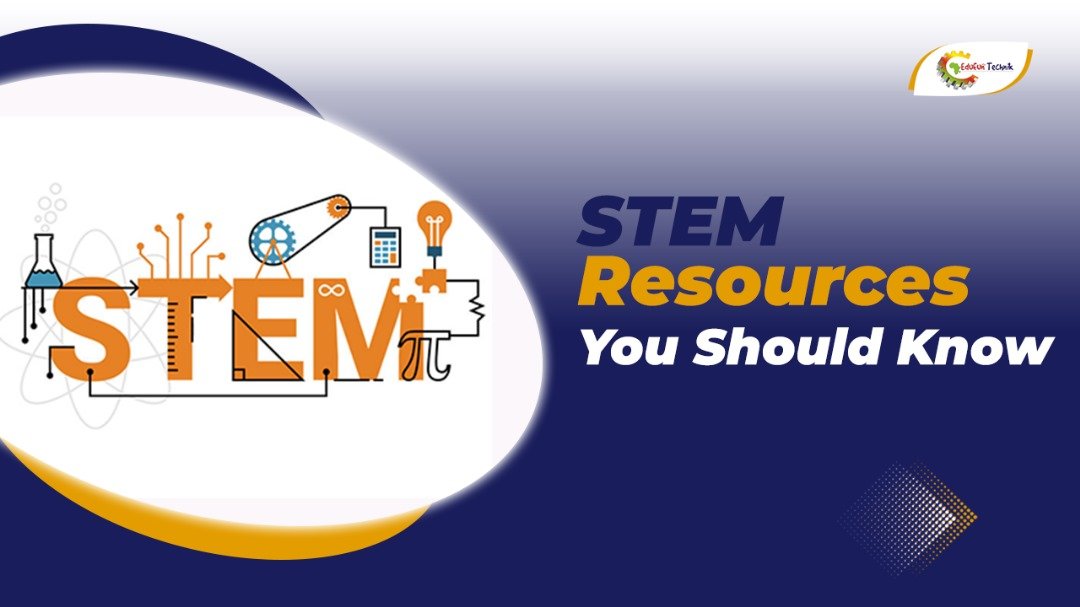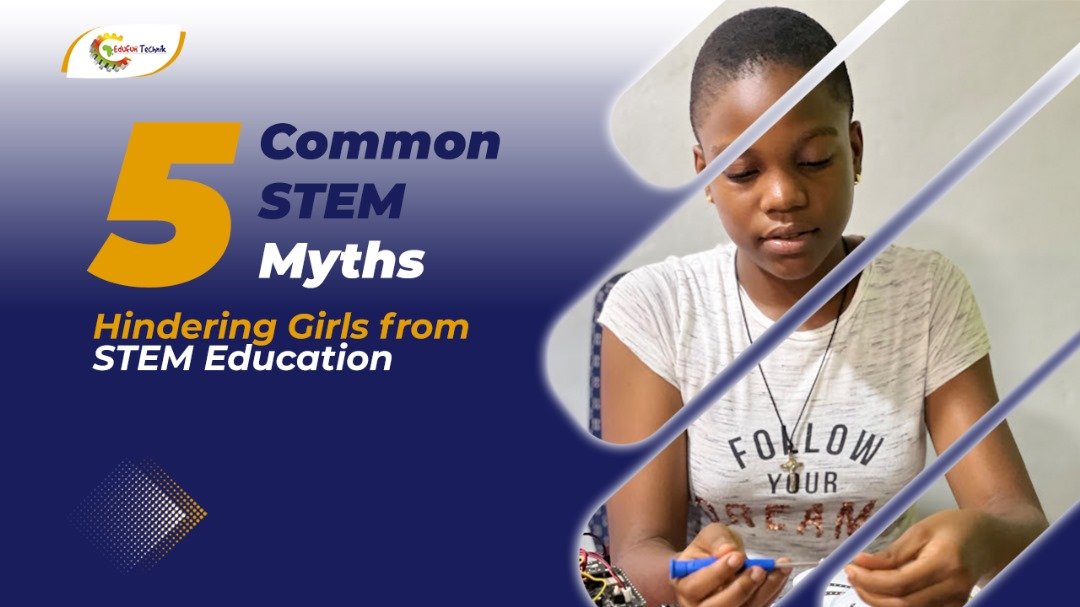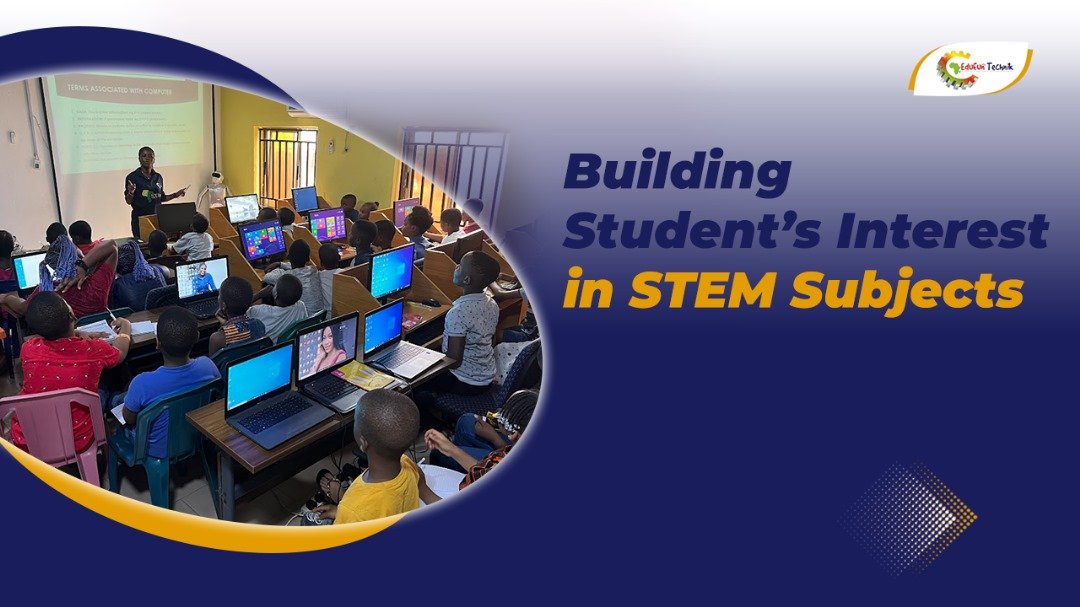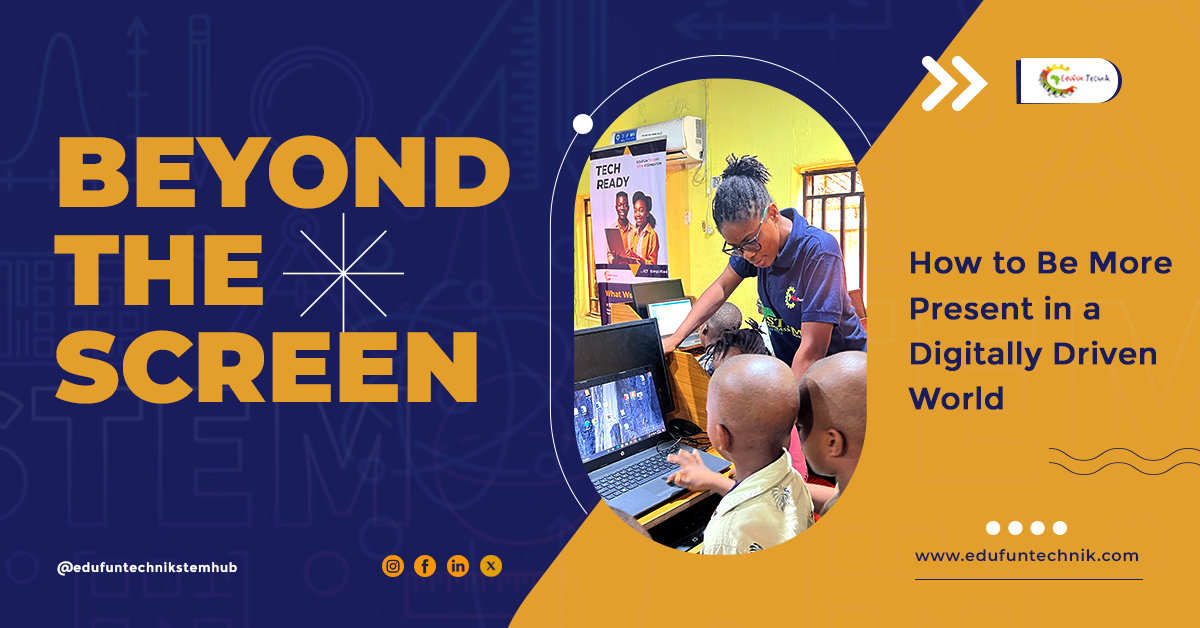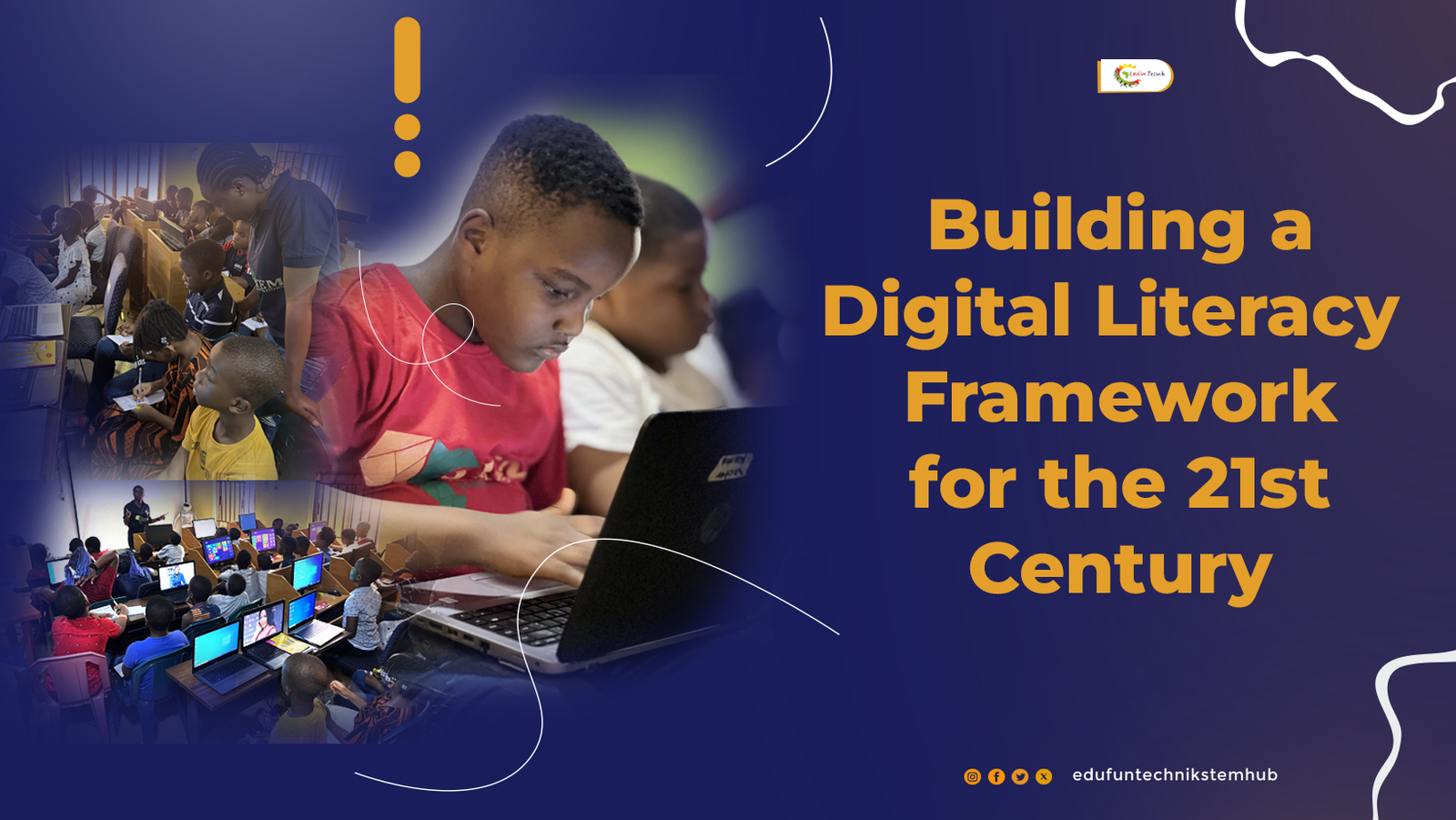Confidence is when a child believes, “I can do it.” STEM builds that kind of belief step by step.
STEM stands for Science, Technology, Engineering, and Mathematics. These are subjects that help children learn how the world works. But STEM is not only about facts and numbers. It also helps children feel brave, smart, and ready to try new things.
What Is Confidence and Why Does It Matter?
Confidence is not about being the best. It is about being willing to try, make mistakes, and keep going.
When a child feels confident, they speak up, ask questions, and solve problems. They are not afraid to take part in class, build something new, or try out for a competition.
Dr. Carol Dweck, a psychologist at Stanford University, has said that:
“Children learn better when they believe effort matters more than talent.”
This belief is called a “growth mindset.” STEM naturally teaches this mindset.
How STEM Builds Confidence in Everyday Learning
1. Children Learn by Doing
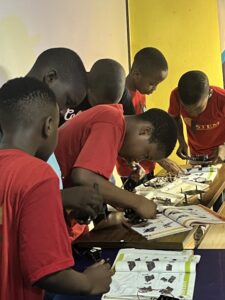
In STEM, children build, test, and fix things. They do not just sit and listen. They touch, ask, and create.
This hands-on learning helps them understand that mistakes are part of learning. When their robot does not move, they figure out why. When a math game is hard, they try again.
Each small success makes them feel proud. And even the mistakes teach them something.
2. Children Solve Real-Life Problems
STEM often uses real-life problems. For instance, building a tower from cups or designing a water filter.
When children solve problems that matter, they feel strong. They see that their ideas have value. That feeling builds confidence in school and in life.
3. STEM Is for Everyone
STEM does not pick favorites. Boys, girls, quiet children, fast learners, and slow thinkers all have something to offer.
When schools and clubs make STEM fun and fair, all children feel welcome. That feeling of belonging is a big part of confidence.
STEM Education and Young Girls
Many girls do not see themselves in science or tech. They think, “That is for boys.” But that is not true.
When girls take part in STEM early, they learn to speak up and take space. They see women engineers and scientists and think, “I can do that too.”
Uchenna Onwuamaegbu-Ugwu, founder of Edufun Technik in Nigeria, is one woman leading the way. She creates STEM programs where girls learn robotics, coding, and science. Her goal is to show that girls can be tech leaders.

Confidence grows when girls know they belong in every space, including science and technology.
Role of Parents and Teachers in Building STEM Confidence
Parents and teachers are the biggest cheerleaders in a child’s life. Here is how they can help:
Encourage Curiosity: Let children ask many questions. Do not say, “That is silly.” Say, “Let us find out together.”
Let Them Try: Even if they fail, let them try again. Trying is where confidence starts.
Use Praise the Right Way: Praise effort more than results. Say, “You worked hard on that project,” not just “You are smart.”
Give Small Challenges: Give tasks that are just a little hard. With help, they learn to solve things step by step.
Celebrate Every Win: Every time a child solves a puzzle or finishes a science kit, celebrate it. Those small wins add up.
Real Stories That Show STEM Builds Confidence
At Edufun Technik’s STEM training programs, children aged 5 to 14 learn to build robots and design animations using the Scratch programming language.
One parent said, “My kids can confidently work on their own with their laptops without needing assistance.”
That is the power of confidence. It grows when children feel seen, heard, and supported.
In Conclusion
STEM is not just about technology or numbers. It is about giving every child the chance to say, “I made that,” or “I figured that out.”
When children learn in a way that values their effort and creativity, confidence becomes part of who they are. They stop saying, “I cannot,” and start saying, “I will try.”
So, let us give our children the tools, space, and support to explore science, build things, and solve real problems. Because every confident child we raise today can grow into a problem-solver, a builder, or even a future inventor.
STEM builds skills. More importantly, it builds belief.

